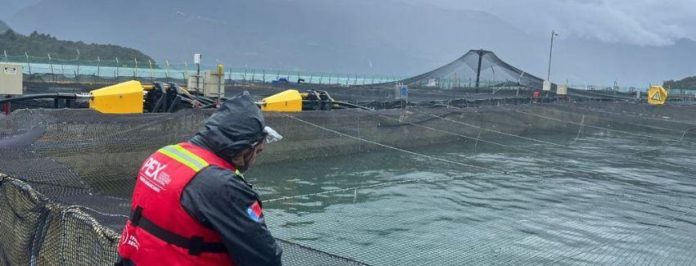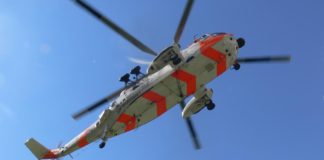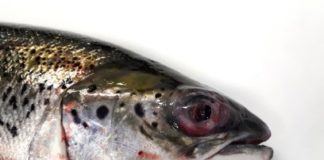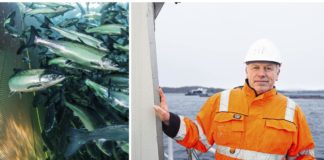The National Fisheries and Aquaculture Service (Sernapesca) of Chile has reported a significant mass fish death event in the Seno de Reloncaví area.
This area, until recently, had only been on alert for Harmful Algal Blooms (HAB) due to the presence of the microalgae Thalassiosira pseudonana.
The area has 28 active salmon farming centers, according to Sernapesca, with a total live fish biomass of 49,727 tons. Of these, 11 have initiated action plans for HAB, and 2 have activated plans for mass fish deaths.
So far, the reported mortality is 914 tons. Sernapesca is supervising the affected companies’ compliance with contingency plans and the removal of dead fish. Most of the dead fish, totaling 899 tons, have already been disposed of at reduction plants.
Sernapesca is continuing to monitor the situation, as ongoing microalgae presence and abnormal fish behavior indicate ongoing risk.
Harmful Algal Blooms, like the one caused by Thalassiosira pseudonana, are natural phenomena influenced by various climatic and environmental factors. This specific microalgae affects fish by lodging in their gills, causing internal damage and leading to death by suffocation. It’s important to note that Thalassiosira pseudonana is different from the microalgae that cause “red tide,” and therefore, it does not affect bivalve mollusks or other fish species.









